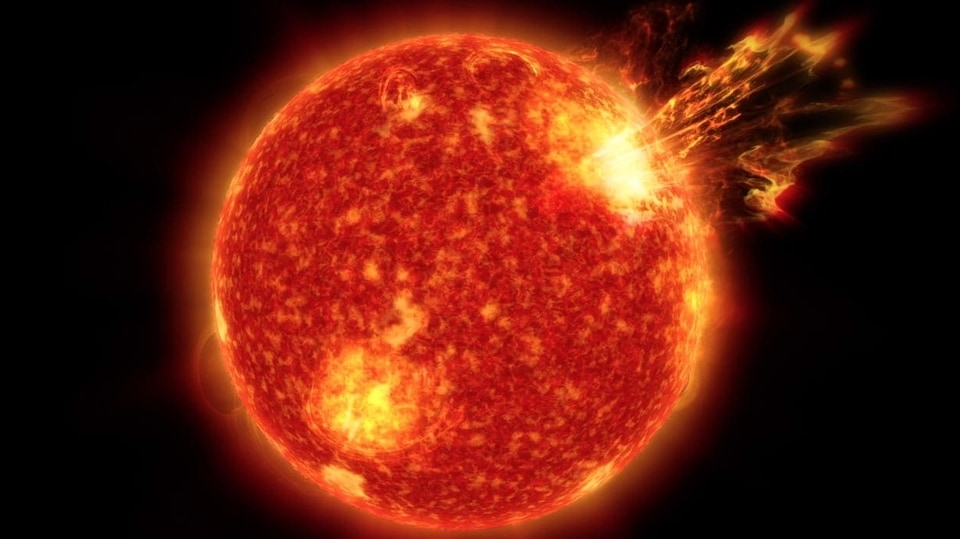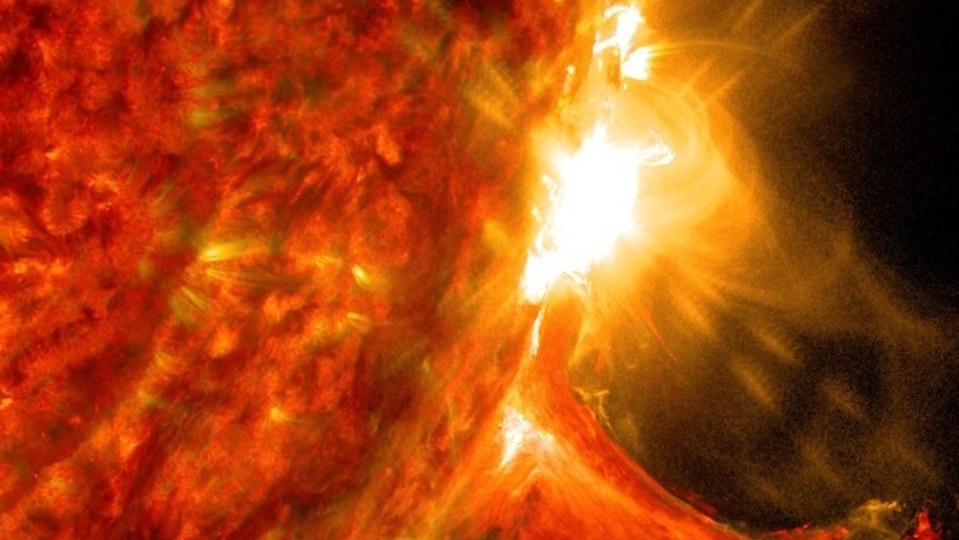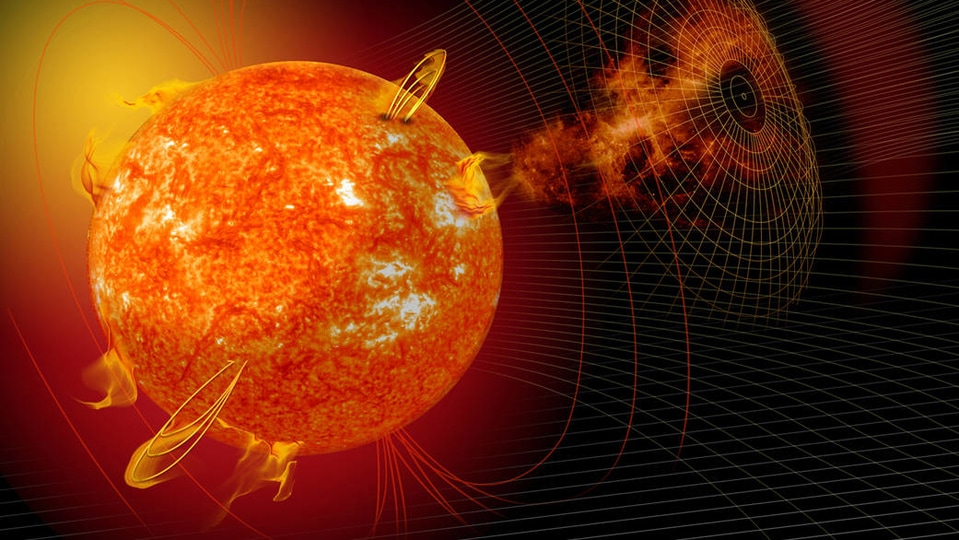Terrifying 1859-type solar storm can strike Earth AGAIN; Know what can happen
In 1859, the world witnessed the most destructive solar storm on record, known as the Carrington event. But could a similarly intense solar event again take place soon? Find out.




_1639373804152_1639373815879.jpg)

 View all Images
View all ImagesSolar storms as cosmic nuisance have been present since the origin of the solar system itself. But most of these solar disturbances are minor to moderate in intensity that do not really impact us in a major way. The Earth regularly deals with shortwave radio blackouts, GPS disruptions and even minor satellite damage, but that has been the limit, more or less, of its powers in recent years. However, solar storms are capable of extreme levels of destruction. History tells us about one such terrifying occurrence that changed our views on just how powerful explosions on the Sun can be. It happened in 1859 and we know it as the Carrington event. And some experts believe that the next Carrington event is not far away. Read on to know more.
Occurring between September 1 and 2, 1859, the Carrington event is the worst solar storm recorded in history. There might have been worse but we have no historical records of them. It was a G5-class solar storm, believed to be caused by coronal mass ejection (CME) particles striking the upper atmosphere of the Earth. Even with limited technological advancement, the world had begun using electronic instruments such as the telegraph. And the telegraph itself became the biggest victim of this solar storm
The worst recorded solar storm in history
At the time, the greatest communication system for humans was the telegraph and the entire world relied upon it for receiving and sending information quickly. However, as the dreadful solar storm struck our planet, the entire global telegraph network failed. It was not just limited to that. The telegraph operators reported receiving electric shocks upon touching the instruments, telegraph paper spontaneously caught fire and some equipment started working without being connected to any power source. Apart from that, power grid failures were also reported, resulting in outages in many regions.
A solar storm with the same intensity hitting the Earth today will result in 100 times the destruction caused in 1859. This is due to humans relying on wireless communication and electricity much more in today's times. Everything is connected via the internet, GPS and navigation systems and mobile phone networks. If these are taken out, most of the services, including the emergency services will fall apart. And it is still not the worst thing that can happen.
“The electric grid could be shorted. It's not just a one-time loss—it will take 2-10 years to recover, so we might be set back by about 20 years if something like this happens,” Katepalli Sreenivasan, professor of physics, engineering, and mathematics at NYU told Wired.
But the question is when might the next Carrington event occur? And the grim reality is that we do not know. Our technology cannot predict solar storm events, only warn us in advance once an eruption has taken place on the Sun. Sreenivasan believes, however, that there is a 2-3 percent chance that such a strong solar storm will occur in the current Solar Cycle 25, which is set to reach its peak in 2025.
Catch all the Latest Tech News, Mobile News, Laptop News, Gaming news, Wearables News , How To News, also keep up with us on Whatsapp channel,Twitter, Facebook, Google News, and Instagram. For our latest videos, subscribe to our YouTube channel.
































